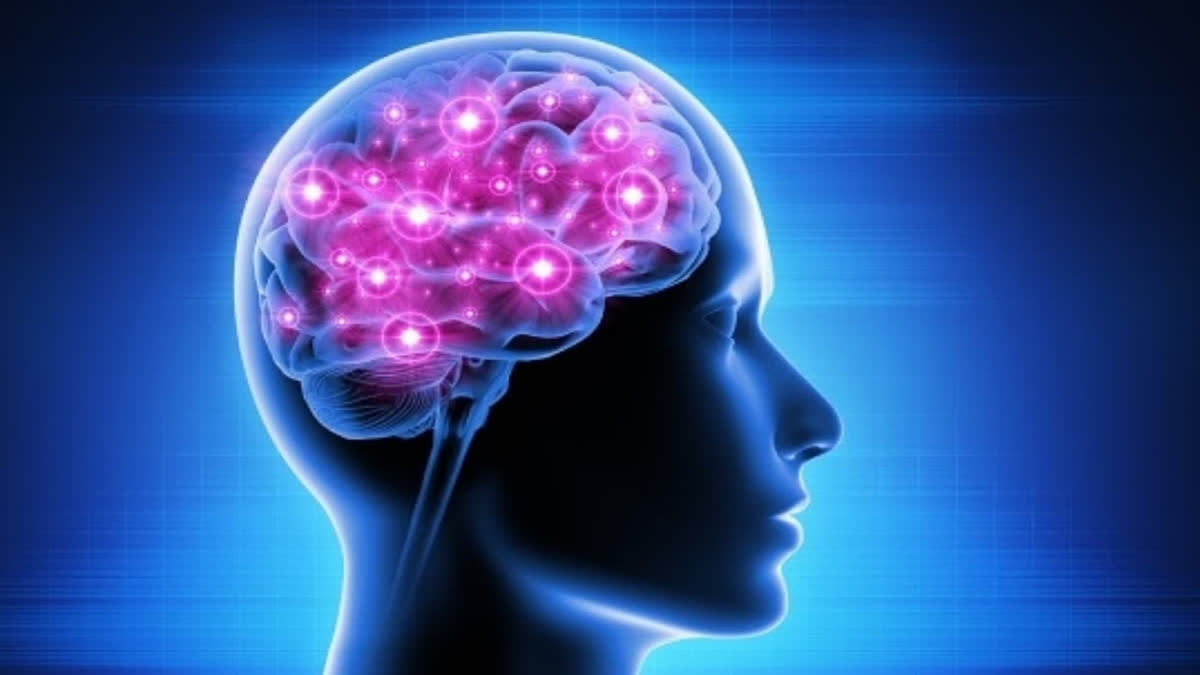New Delhi: Glycine, a common amino acid, producing an inhibitory effect in the brain could provide a new therapeutic target for major depression, anxiety and other mood disorders, scientists have found. The scientists at the Wertheim UF Scripps Institute for Biomedical Innovation & Technology, US, said the discovery could accelerate efforts to develop faster-acting medications for mood disorders, which are hard to treat.
They outlined in a study published with the journal Science that the key to understanding vision, pain, memory, behaviour and so much more lay in answering the question: How do sensors on brain cells receive and transmit signals into the cells? "It's amazing how basic science goes. Fifteen years ago, we discovered a binding partner for proteins we were interested in, which led us to this new receptor," said Kirill Martemyanov, corresponding author of the study.
In 2018, the team found that if the mice lacked the gene to this receptor, called GPR158, then they exhibited resilience to chronic stress. That offered strong evidence that GPR158 could be therapeutic target, they said. But what sent the signal? In 2021, when the team solved the structure of GPR158, the receptor looked like a microscopic clamp with a compartment - akin to something they had seen in bacteria, not human cells.
Also read: How a night of poor sleep can affect your next day at work and four ways to function better
"We were barking up the completely wrong tree before we saw the structure," Martemyanov, who chairs the neuroscience department at the institute, said. "We said, 'Wow, that's an amino acid receptor. There are only 20, so we screened them right away and only one fit perfectly. That was it. It was glycine," he said. The team further found that the signaling molecule was not an activator in the cells, but an inhibitor. That is, the business end of GPR158, they said, connected to a partnering molecule that hit the brakes rather than the accelerator when bound to glycine.
"Usually receptors like GPR158, known as G protein Coupled Receptors, bind G proteins. This receptor was binding an RGS protein, which is a protein that has the opposite effect of activation," said Thibaut Laboute, first author of the study. Glycine itself is sold as a nutritional supplement billed as improving mood. It is a basic building block of proteins and affects many different cell types, sometimes in complex ways. In some cells, it sends slow-down signals, while in other cell types, it sends excitatory signals. "New and better options [in medications] are really needed," said Martemyanov. (PTI)



